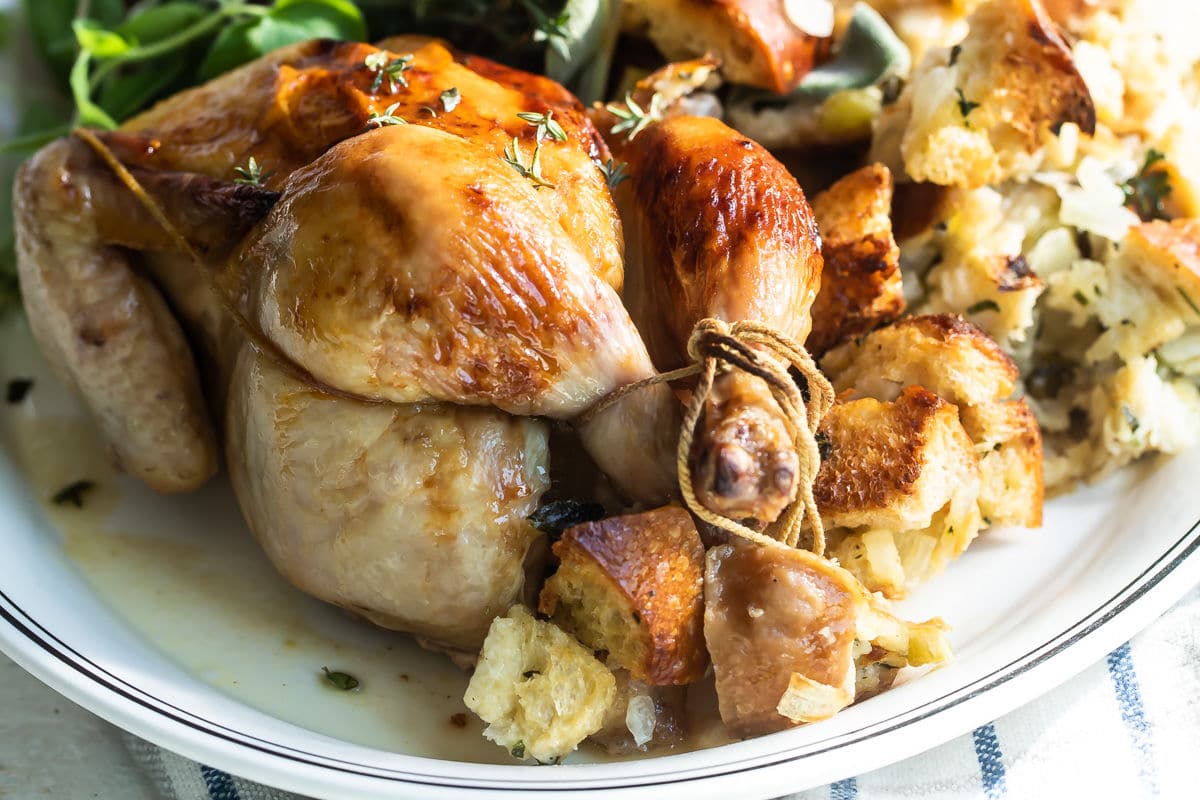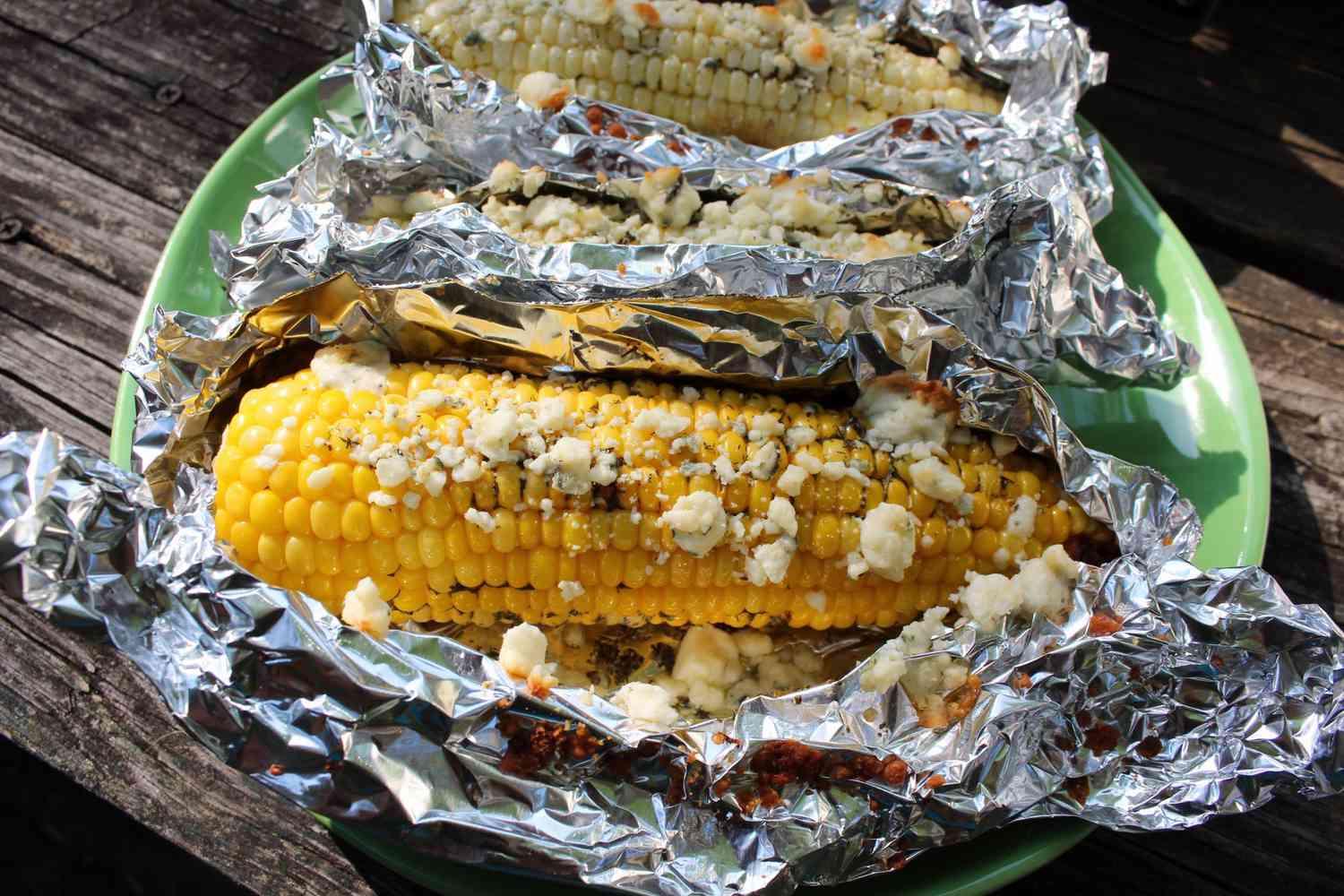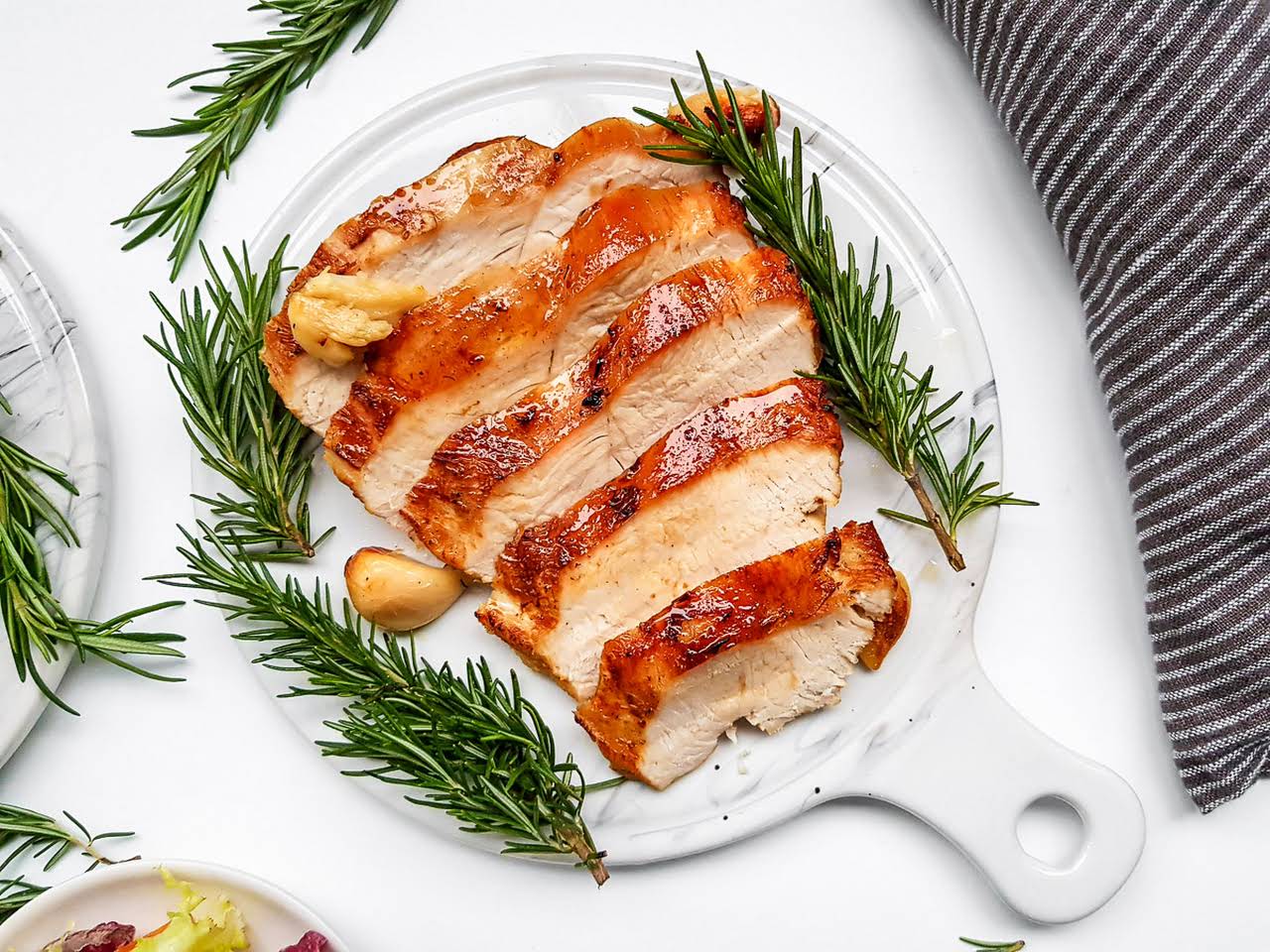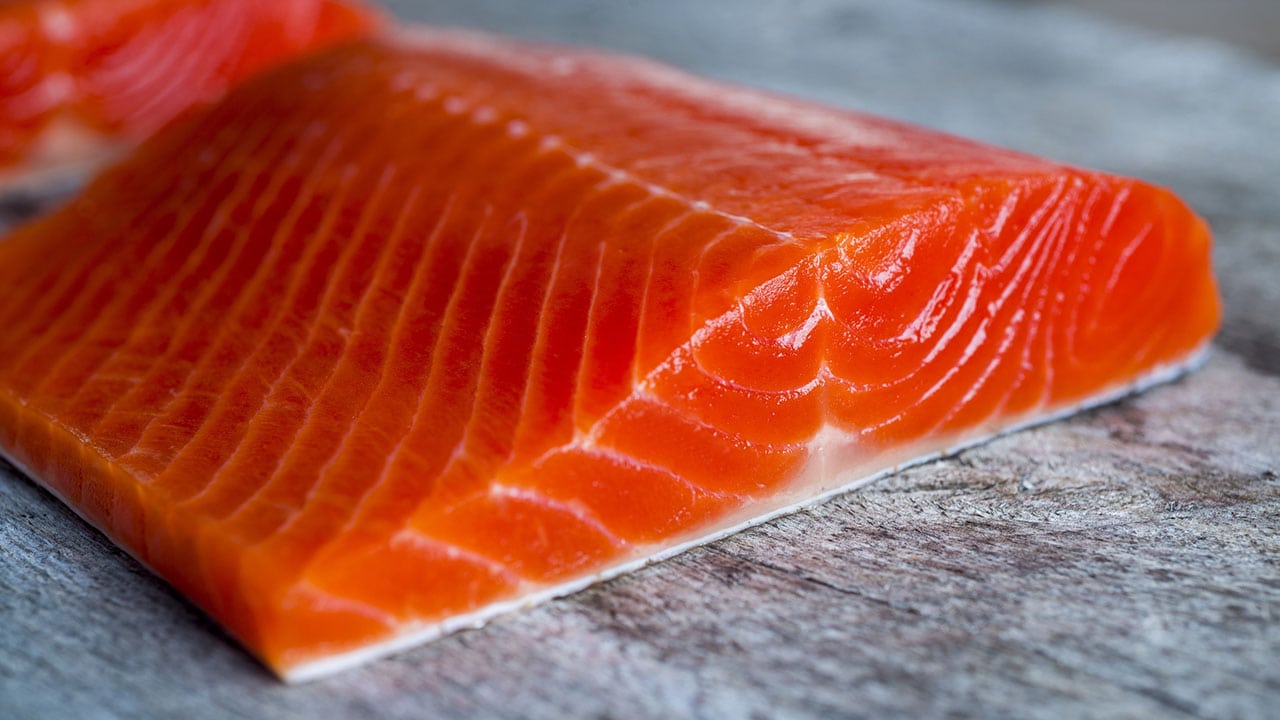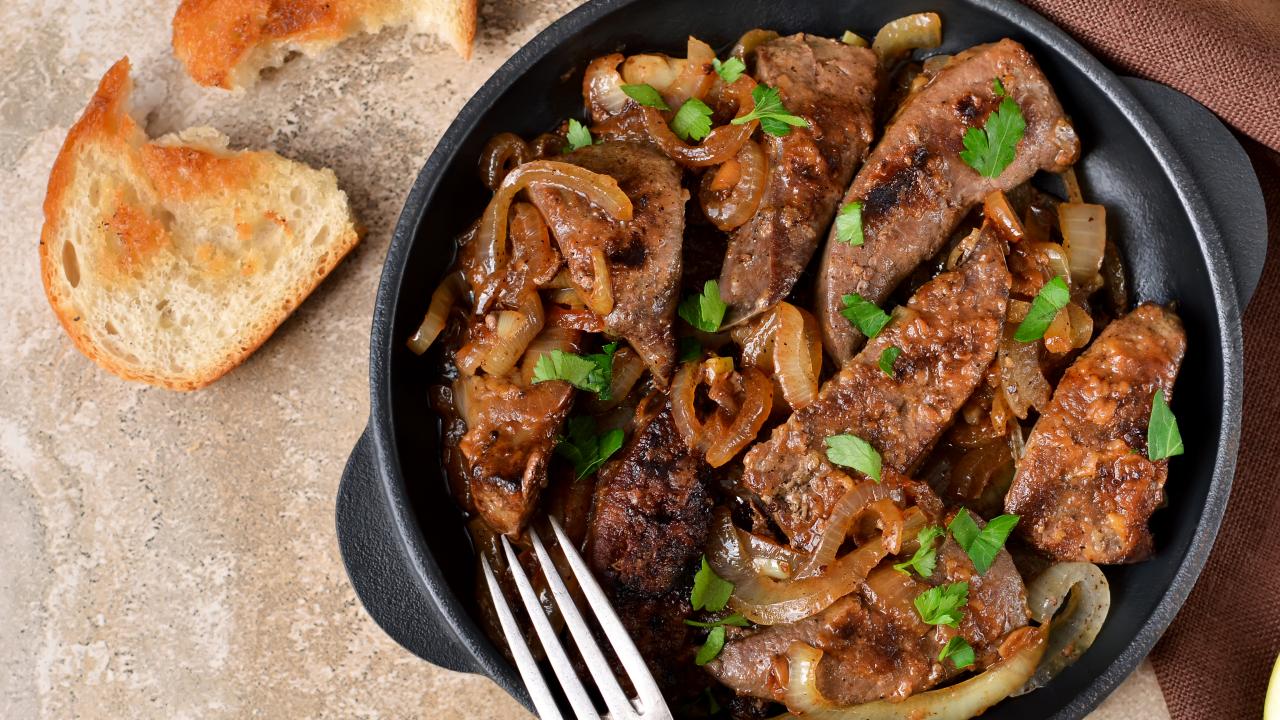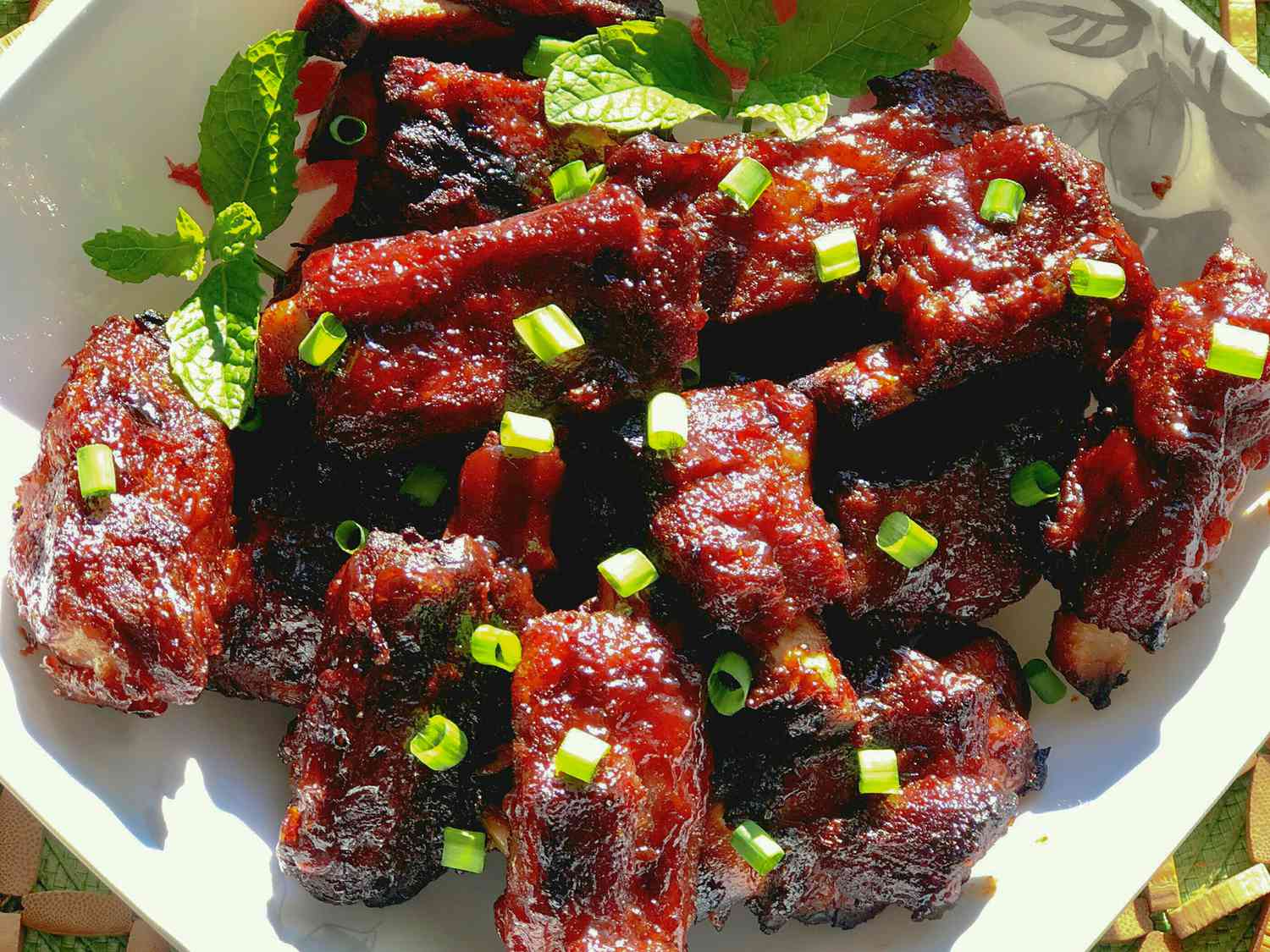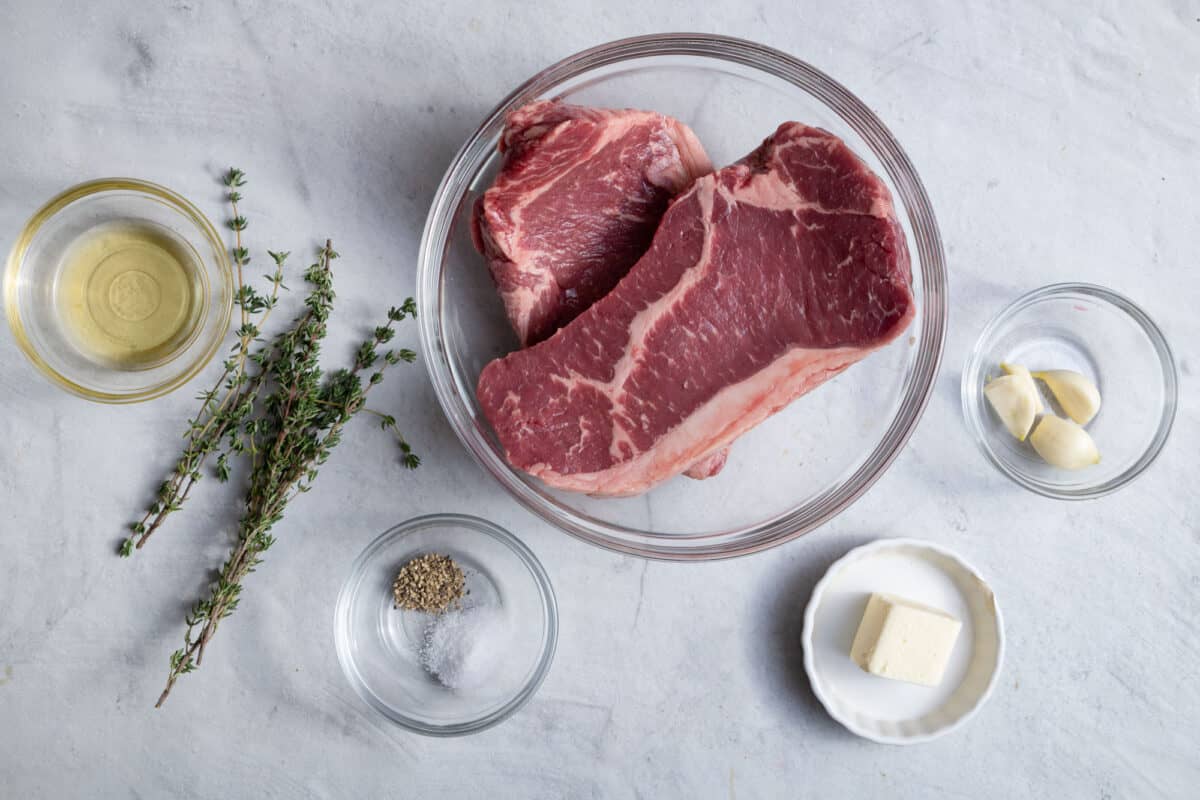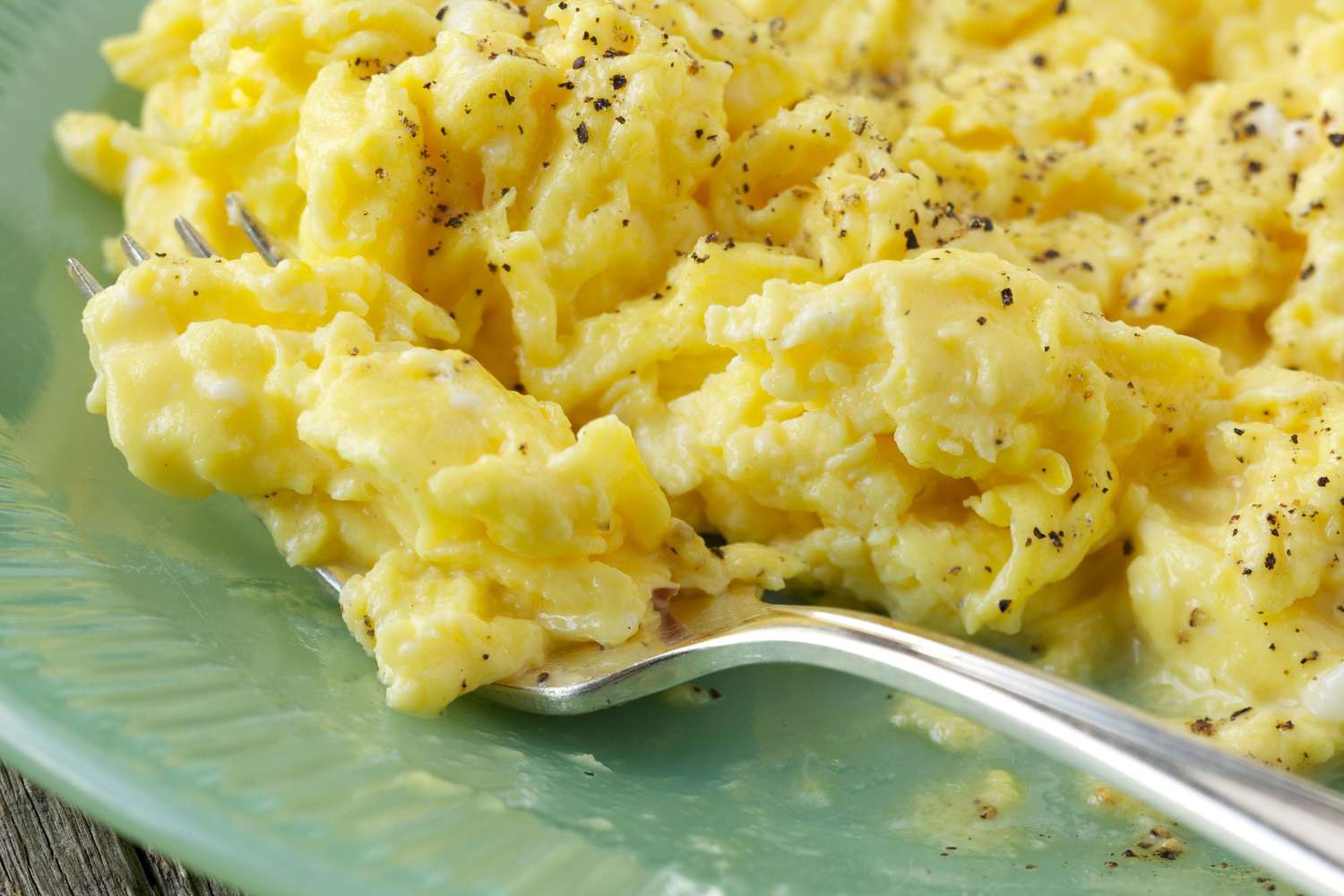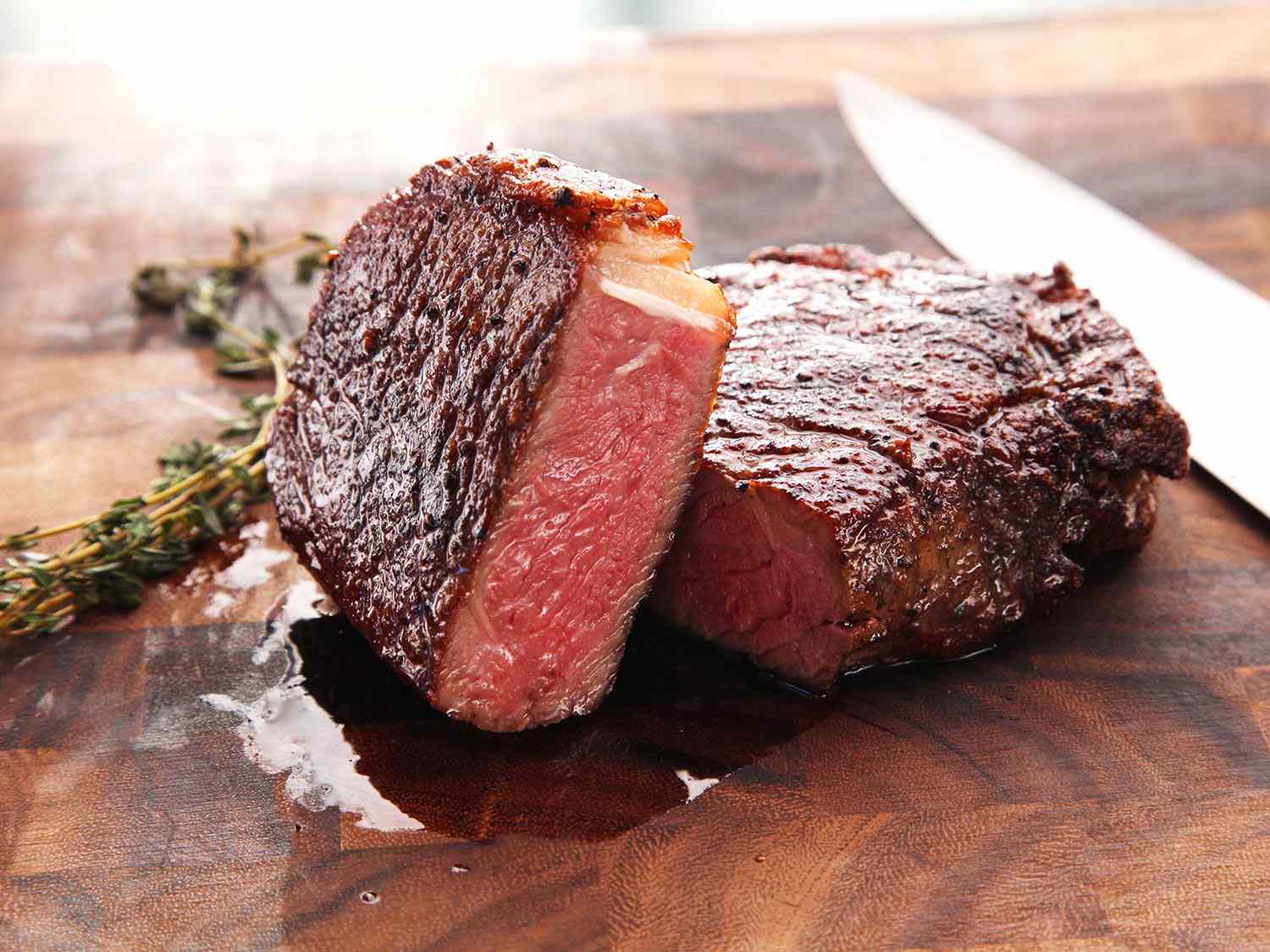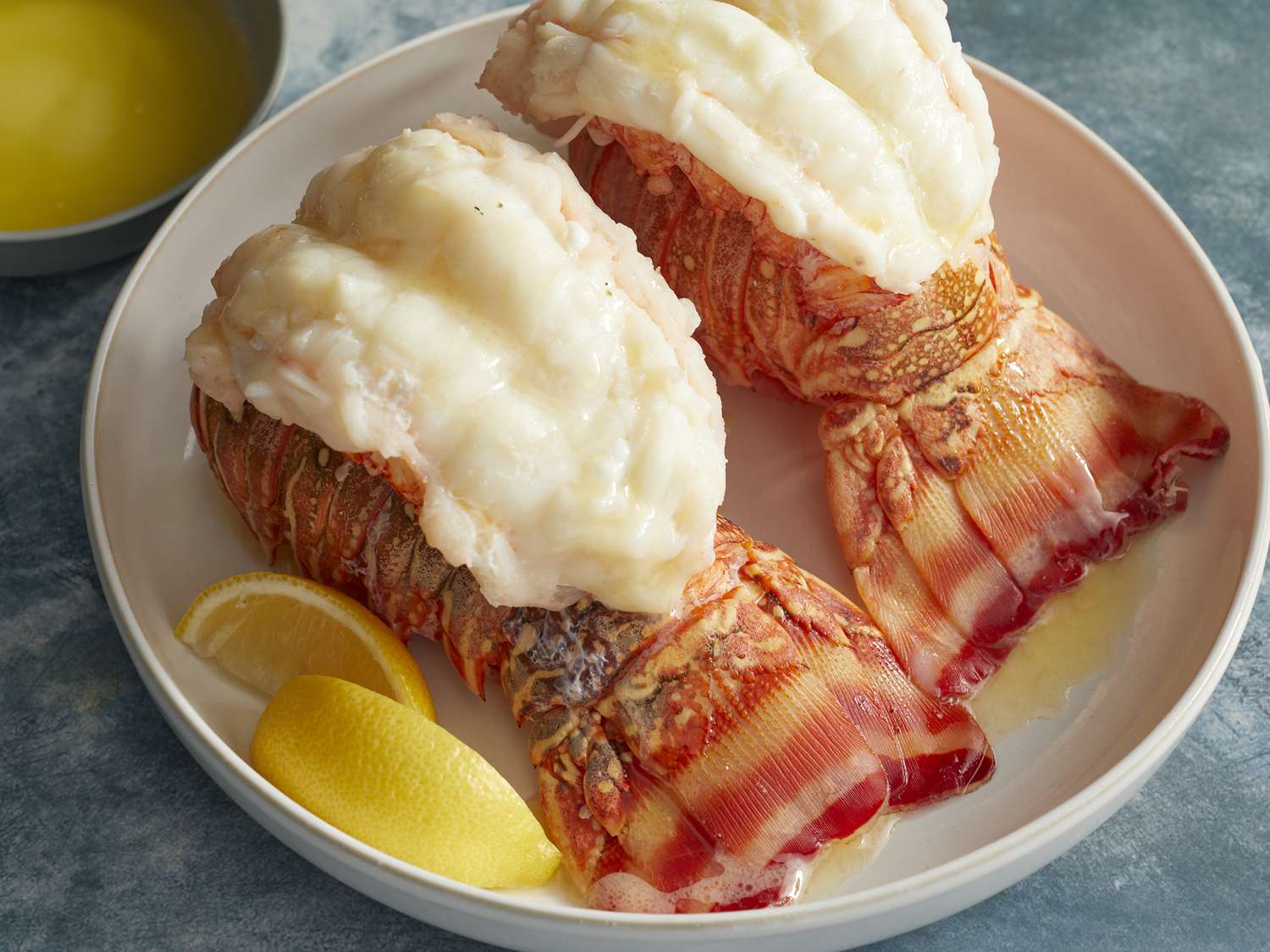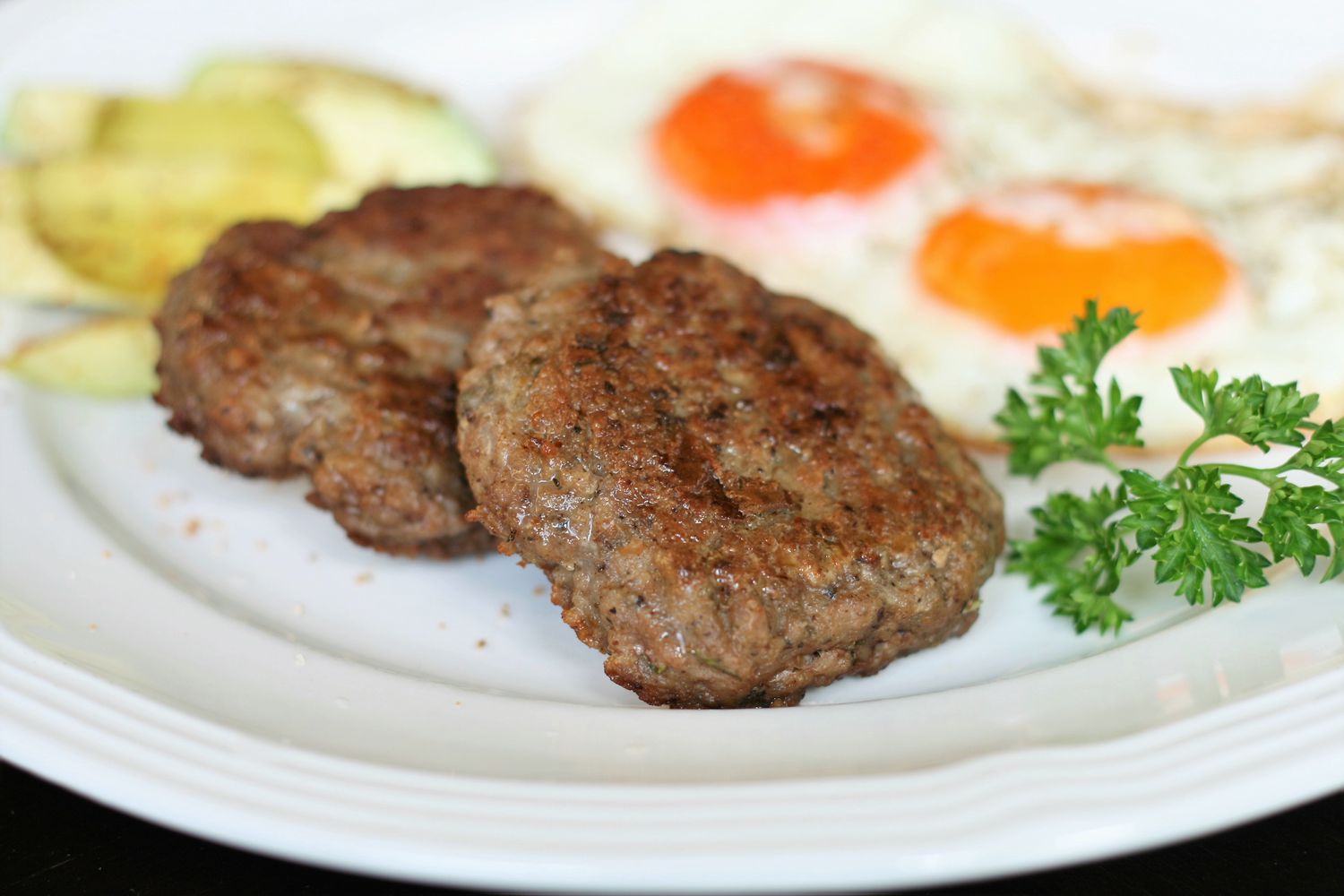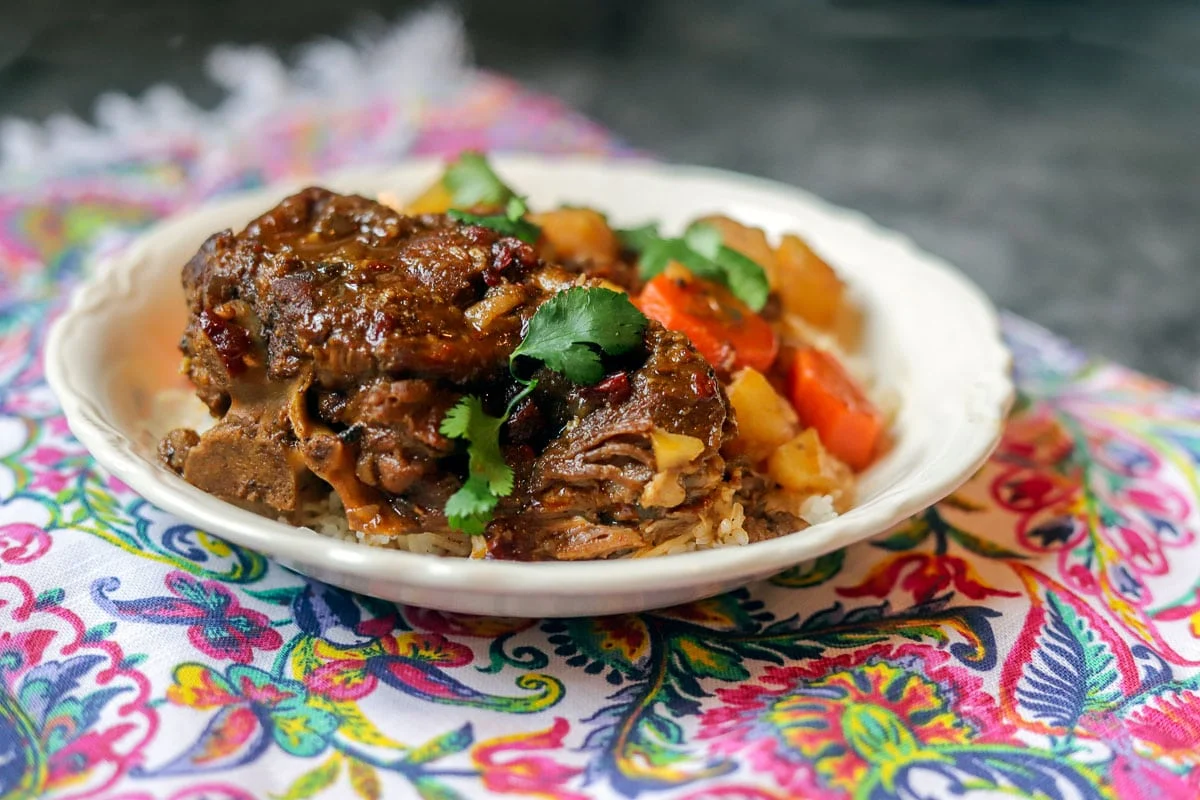Discover the Art of Cooking Dry Black-Eyed Peas
Black-eyed peas, also known as cowpeas, are a versatile and nutritious legume that can be enjoyed in a variety of dishes. If you’ve never cooked with dry black-eyed peas before, fear not! With a little guidance, you can easily transform these humble legumes into a wholesome and satisfying meal. So, roll up your sleeves, let’s dive into the art of cooking dry black-eyed peas.
1. The Soaking Process
Before cooking dry black-eyed peas, it’s best to give them a good soak. This step helps to soften the peas and reduce cooking time. Here’s how to do it:
- Measure out the desired amount of dry black-eyed peas.
- Rinse the peas thoroughly under cold water to remove any dirt or debris.
- Place the peas in a large bowl and cover them with water, ensuring there’s at least an inch of water above the peas.
- Allow the peas to soak for 8-12 hours or overnight.
Once the soaking process is complete, drain the water from the peas and they’re ready to be cooked!
2. Cooking Methods
There are several ways to cook dry black-eyed peas, depending on your preference and available time. Here are two popular methods:
Stove-top Method:
In a large pot, combine the soaked black-eyed peas with enough water to cover them. Add your choice of seasonings, such as salt, pepper, garlic, and bay leaves, to enhance the flavor. Bring the pot to a boil, then reduce the heat and simmer for about 45 minutes to 1 hour, or until the peas are tender. Stir occasionally and add more water if needed. Once cooked, drain any excess water and your delicious black-eyed peas are ready to be enjoyed!
Pressure Cooker Method:
If you’re short on time, a pressure cooker can significantly speed up the cooking process. After soaking the peas, transfer them to the pressure cooker. Add enough water to cover the peas and seasonings of your choice. Secure the lid and cook on high pressure for about 10-15 minutes. Once done, release the pressure according to the manufacturer’s instructions. Carefully open the lid, and voila! Your tender and flavorful black-eyed peas are ready.
3. Flavorful Serving Ideas
Now that you have perfectly cooked dry black-eyed peas, it’s time to get creative with how you serve them. Here are a few ideas to inspire your culinary adventures:
- Toss cooked black-eyed peas with diced tomatoes, onions, and cilantro for a refreshing summer salad.
- Combine black-eyed peas with cooked rice, sautéed vegetables, and a sprinkle of cumin for a flavorful vegetarian main course.
- Add black-eyed peas to soups or stews to add a hearty and nutritious element.
- Mix cooked black-eyed peas with spices, breadcrumbs, and eggs to form patties for a delicious alternative to traditional veggie burgers.
- Blend cooked black-eyed peas with garlic, lemon juice, tahini, and olive oil to create a delightful hummus dip.
Remember, the possibilities are endless when it comes to incorporating black-eyed peas into your meals.
Enjoy the Nutritional Benefits
Aside from their versatility in the kitchen, black-eyed peas are packed with essential nutrients. They are an excellent source of plant-based protein, fiber, and folate, making them a staple in a balanced diet. By incorporating black-eyed peas into your cooking repertoire, you can boost the nutritional value of your meals while savoring their delightful taste.
So, why not take a leap into the world of cooking dry black-eyed peas? With a little practice, you’ll master the art of transforming these legumes into flavorful and nourishing dishes. Get ready to impress your family and friends with your newfound culinary skills!
Was this page helpful?
Read Next: How To Cook Whole Fish In Oven
